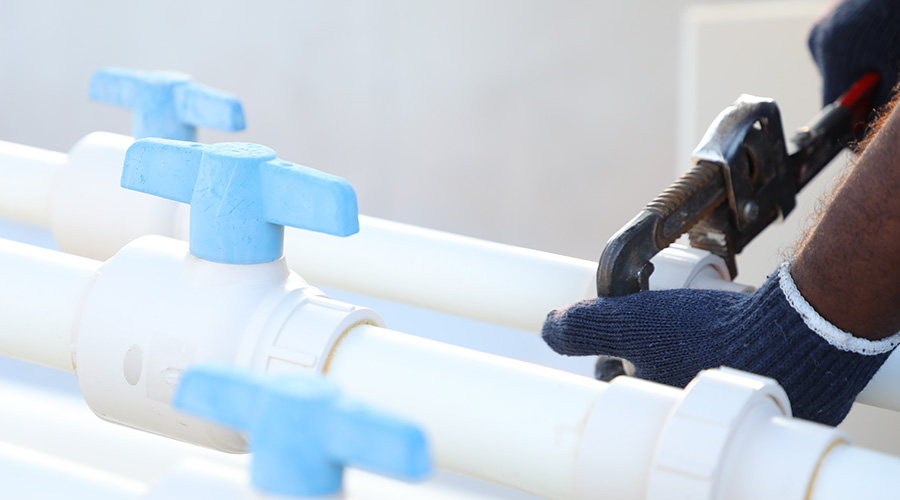Water Security for the Future: ExploringModern and Efficient Rainwater Harvesting Techniques.

Water is a valuable resource that supports life on our planet, but due to causes like population expansion, climate change, and ineffective water management techniques, it is becoming more and more limited in many regions of the world. Modern water harvesting methods provide a promising response to these problems to safeguard our water future. This in-depth manual will explore the different ways to collect rainwater, emphasizing contemporary and effective methods that can contribute to long-term water security.
Rainwater Harvesting Techniques: A Brief Overview
It’s crucial to comprehend the principles of this sustainable activity before exploring contemporary rainwater gathering techniques. The process of collecting, storing, and using rainwater for various uses, such as irrigation, sanitation, and drinking, is known as rainwater harvesting. Although this method has been used for millennia, cutting-edge methods are already altering the way we collect rainwater.
Different Methods of Rainwater Harvesting
Surface Runoff Harvesting
Harvesting surface runoff is one of the conventional ways to gather rainwater. Rainwater from roofs, pavement, and other surfaces is collected and then channelled into storage tanks or reservoirs. This method can be used by a variety of communities because it is straightforward and affordable.
Rooftop Rainwater Harvesting
One of the most popular techniques used today is rooftop rainwater gathering, which is a subset of surface runoff harvesting. Collecting rainwater and directing it into storage tanks, entails installing gutters and downpipes on rooftops. Both residential and business structures can use this method.
Infiltration Pits and Trenches
Trenches and infiltration pits are used to recharge the groundwater allowing rainwater to seep into the ground as these structures improve the water table and restock aquifers. This approach is especially helpful in regions where drinking water is mostly obtained underground.
Modern Water Harvesting Techniques
Smart Rainwater Harvesting Systems
Smart rainwater harvesting systems that optimise water collection and storage have been made possible by modern technology. These systems track rainfall, water levels in storage tanks, and water quality using sensors and automatic controls. They make sure that rainwater is effectively collected and can be utilised for a variety of tasks, such as flushing toilets and irrigation of outdoor areas.
Rainwater Filtration and Purification
There are currently sophisticated filtration and purifying methods available to make captured rainwater safe for drinking. By eliminating pollutants and pathogens, these systems transform rainwater into a reliable source of drinking water. Reverse osmosis (RO) and ultraviolet (UV) technologies are frequently employed for this purpose.
Rainwater Harvesting in Agriculture
To increase water efficiency and lessen reliance on conventional irrigation techniques, modern agriculture is embracing rainwater-gathering technology. Rainwater can be collected and used to power drip irrigation systems, which supply exact amounts of water to plant roots. Thus, water waste is decreased, and agricultural yields are improved.
Green Roofs and Living Walls
Innovative architectural elements that include rainwater collection include living walls and green roofs. Plants are grown on building rooftops to create ‘green roofs’, which not only collect rainwater but also act as insulation, lessen the impacts of urban heat islands, and support biodiversity. Rainwater is collected, and the air is cleaned by living walls covered in luxuriant flora.
Benefits of Modern Water Harvesting Techniques
Sustainability
Easing the burden on traditional water sources and lowering the energy needed for water treatment and delivery, modern water collection techniques support sustainability.
Cost Savings
Rainwater collection can result in significant water bill savings, particularly for commercial and industrial users. Additionally, it lessens the need for costly infrastructure modifications to accommodate rising water demand.
Climate Resilience
Rainwater collection can increase resilience in the face of climate change and rising weather unpredictability by offering a consistent source of water, even during dry spells.
Conservation of Natural Ecosystems
By limiting the exploitation of groundwater and surface water from rivers and lakes, rainwater collection contributes to the preservation of natural ecosystems. In turn, this protects aquatic ecosystems and habitats.
Challenges and Considerations
Water Quality
When rainwater is collected for irrigation or drinking, it is crucial to ensure its purity. Systematic filtration and purifying procedures must be followed.
Initial Investment
Even though rainwater collection can result in long-term savings, the infrastructure and system installation require a one-time cost.
Maintenance
Regular maintenance is essential to keep rainwater harvesting systems operating at their best. This involves maintaining filtration systems, inspecting storage tanks, and cleaning gutters.
Sustainable water management is made possible by modern methods of water harvesting. They reduce the strain on traditional resources, protect ecosystems, and improve climate resilience. Embracing advances has immense promise, from smart systems to green infrastructure. To guarantee a world with secure access to water, it is essential that communities, businesses, and individuals completely adopt these practises. Adopting new methods is not optional in a world where water shortages are getting worse. The solution to protecting a crucial resource for future generations is to put these into practise.
The importance of an anticipatory maintenance approach is acknowledged by UPS Facility Management (UPSFM) in the context of modern water harvesting techniques. Our top priority is to deliver great customer service, and part of that is giving preventive measures top priority to maintain the best performance possible for water harvesting systems. By adopting a proactive maintenance strategy, we hope to provide our clients with a variety of advantages that align with the ideas covered in this article.
We can improve the dependability and safety of contemporary water harvesting systems because of our unshakable dedication to routine evaluations, thorough preventive maintenance planning, and continual improvement. This results in significant cost savings and increased tenant satisfaction. Please visit the UPSFM website for additional information if you’d like to learn more about our specialised maintenance solutions for water harvesting systems.
Have any feedback or questions?
Contact us!




